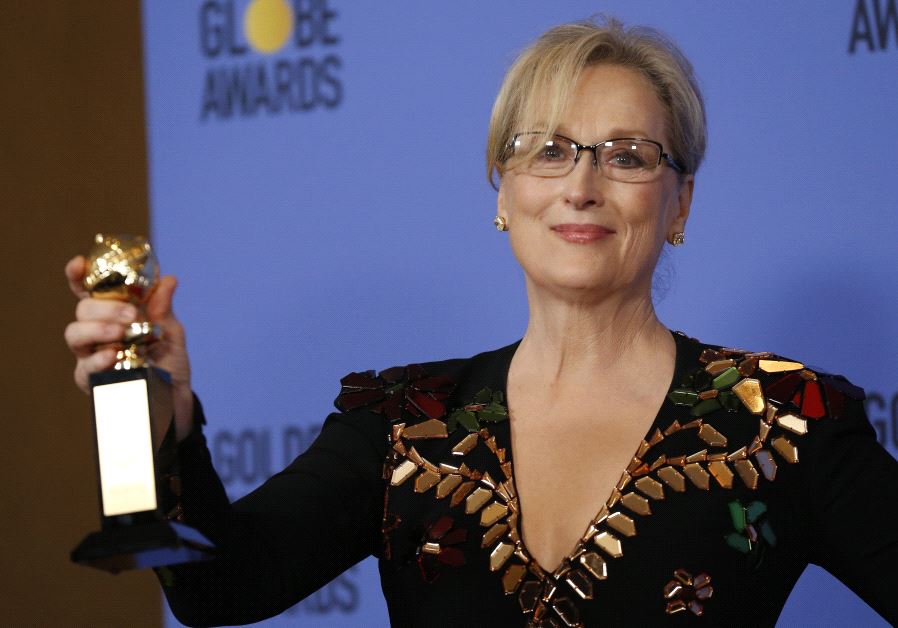Classic Holocaust TV miniseries to be shown in Germany
The series, which aired on NBC over four nights in April 1978, won several Emmy and Golden Globe awards and a large audience.
 Meryl Streep at the 74th Annual Golden Globe Awards show in Beverly Hills, California, US, January 8, 2017
Meryl Streep at the 74th Annual Golden Globe Awards show in Beverly Hills, California, US, January 8, 2017